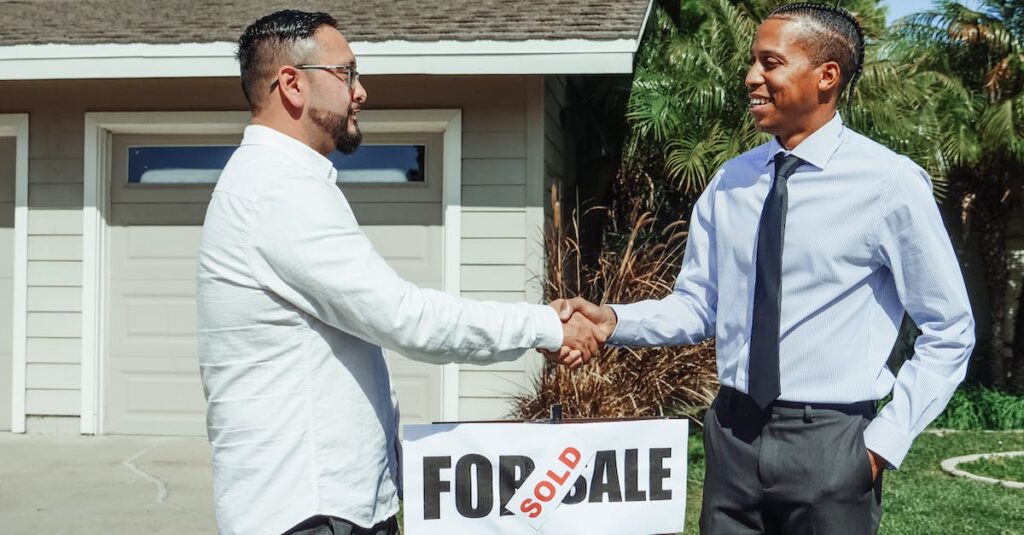Introduction
As a renter, it’s important to have a thorough understanding of your lease agreement. Learning key terms and their meanings will not only help you navigate the rental process with confidence but also ensure you protect your rights. In this article, we’ll explore some essential lease terms that every renter should know. So let’s dive in!
1. Lessee
One of the fundamental terms in a lease agreement is the “lessee.” The lessee refers to you, the tenant or renter. It’s crucial to identify yourself as the lessee in the lease, as it establishes your legal rights and responsibilities as the occupant of the rental property.
2. Lessor
On the other side of the lease agreement is the “lessor.” The lessor is the landlord or property owner. As a lessee, it’s vital to understand the lessor’s role and their obligations outlined in the lease. This includes providing a habitable living space, maintaining the property, and addressing repairs, among other duties.
3. Lease Term
The lease term defines the duration of your rental agreement. It specifies the start and end dates of your tenancy and outlines any stipulations regarding renewals or extensions. Understanding the lease term is crucial for planning and preparing for any changes in your living situation.
4. Rent
The rent is the amount of money you agree to pay the lessor in exchange for the right to occupy the rental property. It’s essential to comprehend the exact monthly rental amount, when payments are due, and any late fees or grace periods specified in the lease. Knowing these details will help you budget and avoid any misunderstandings regarding rent payments.
5. Security Deposit
When signing a lease, landlords often require a security deposit to cover any potential damages or unpaid rent. The security deposit protects the lessor’s interests, but it’s also important for you as a renter. Make sure you understand the amount of the security deposit, the conditions for its refund, and any deductions that may be made from it.
6. Maintenance and Repairs
Every lease agreement should include provisions regarding maintenance and repairs. It’s essential to know who is responsible for different types of maintenance tasks and how to report repairs. Understanding these terms will ensure a smooth process when something needs to be fixed in your rental property.
7. Subleasing and Assignment
Sometimes, tenants may wish to sublease their rental unit or assign the lease to another person. However, not all leases allow this. Always check the lease for any restrictions or requirements surrounding subleasing or lease assignments. This will help you avoid any issues or penalties if you plan to transfer your lease to someone else or sublet your rental.
8. Termination and Renewal
Lease agreements typically outline specific conditions under which either the tenant or the landlord can terminate the lease. It’s crucial to be familiar with these terms, including notice periods, reasons for termination, and any fees or penalties associated with early termination. Additionally, pay attention to renewal terms if you plan to extend your lease agreement.
9. Default and Eviction
Understanding what constitutes a default and the consequences it may lead to is vital for every renter. Lease agreements often define what actions or circumstances can result in eviction. By understanding these terms, you can actively prevent any violations that could jeopardize your tenancy.
Summary
In conclusion, understanding the key terms in your lease agreement is crucial for a successful renting experience. Being familiar with terms like lessee, lessor, lease term, rent, security deposit, maintenance and repairs, subleasing and assignment, termination and renewal, as well as default and eviction, will empower you as a renter. Take the time to carefully read and comprehend your lease agreement to protect your rights and ensure a positive living situation.







